
Where We Be
| Monticello -- Charlottesville, Virginia |
Look at any nickel minted since 1938 and you’ll
see an image of Monticello imprinted on the
back. That's how iconic Thomas Jefferson's
beloved home is -- it's actually on our currency.
While Monticello is certainly worth seeing from
an architectural standpoint, the tour also sheds
light on the man himself. Jefferson was one
fascinating guy! The most memorable anecdote
that speaks to his nature has to do with the
Great Clock in the entry hall. Its exterior face
has only an hour hand because Jefferson
thought that was accurate enough for outdoor
use. The inside face is more precise and not
only tells the time of day but also shows which
day of the week it is using a system of weights,
pulleys, and markings on the wall. However,
since the clock was initially designed for a
different home, the ropes were too long to fit in
the hall. Jefferson's solution? Cut a hole in the
floor! That lets the weights continue down into
the basement -- so "Saturday," the last day of
the week, is actually found down in the cellar!
see an image of Monticello imprinted on the
back. That's how iconic Thomas Jefferson's
beloved home is -- it's actually on our currency.
While Monticello is certainly worth seeing from
an architectural standpoint, the tour also sheds
light on the man himself. Jefferson was one
fascinating guy! The most memorable anecdote
that speaks to his nature has to do with the
Great Clock in the entry hall. Its exterior face
has only an hour hand because Jefferson
thought that was accurate enough for outdoor
use. The inside face is more precise and not
only tells the time of day but also shows which
day of the week it is using a system of weights,
pulleys, and markings on the wall. However,
since the clock was initially designed for a
different home, the ropes were too long to fit in
the hall. Jefferson's solution? Cut a hole in the
floor! That lets the weights continue down into
the basement -- so "Saturday," the last day of
the week, is actually found down in the cellar!
| This is the "nickel view" of Monticello from the West Lawn -- go track down a nickel and see for yourself! |
| Beneath the main house are the kitchen, wine cellar, and storage areas. Jefferson, who served as ambassador to France for four years, came to love French wines and cuisine and became the premier American expert on wines at the time. |
| This is Mulberry Row where Jefferson's slaves lived. The "Slavery at Monticello" tour (included in the $25 entry fee) sheds light on the obvious contradictions of the drafter of the Declaration of Independence also being a slave owner. |
| The tiny cottage to the right is where Jefferson and his wife lived while Monticello was being built |
| Three of the Founding Fathers called Charlottesville home -- Jefferson, Madison, and Monroe. Jefferson's plantation manor is located just a few miles from downtown. |
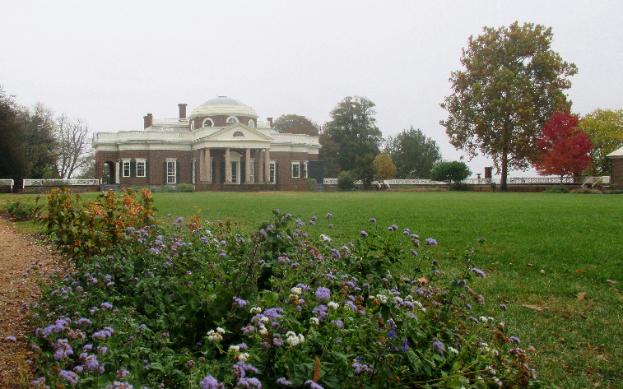
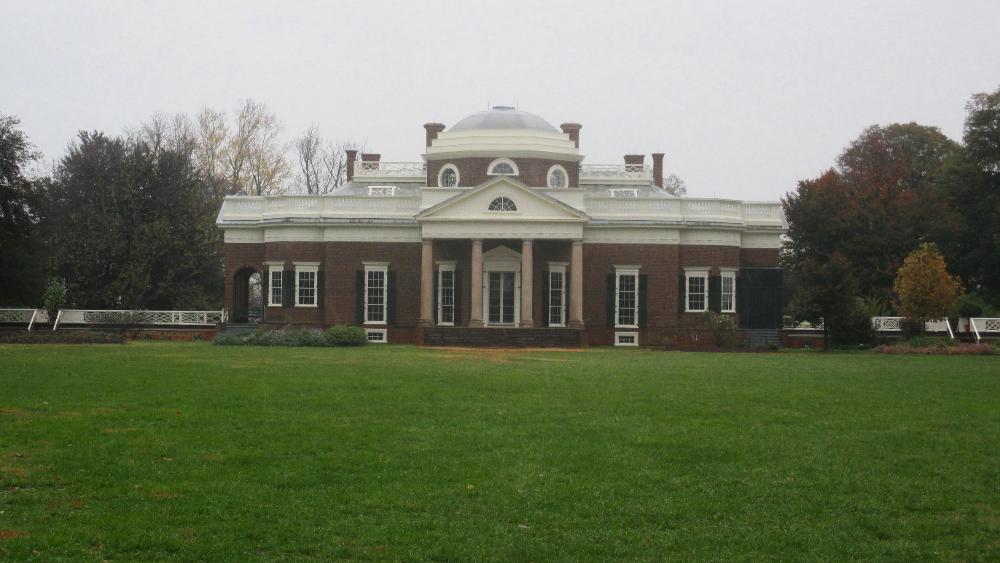
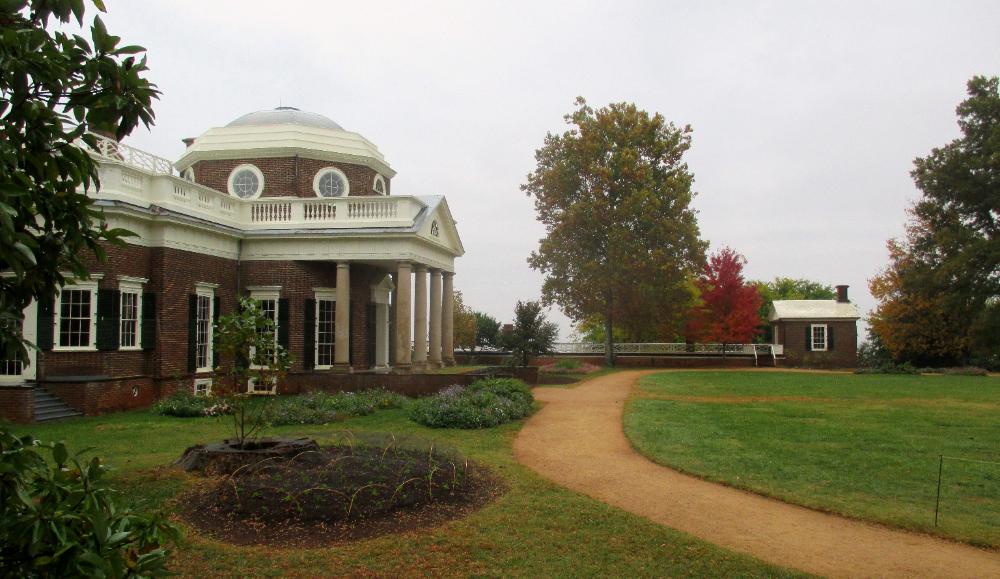
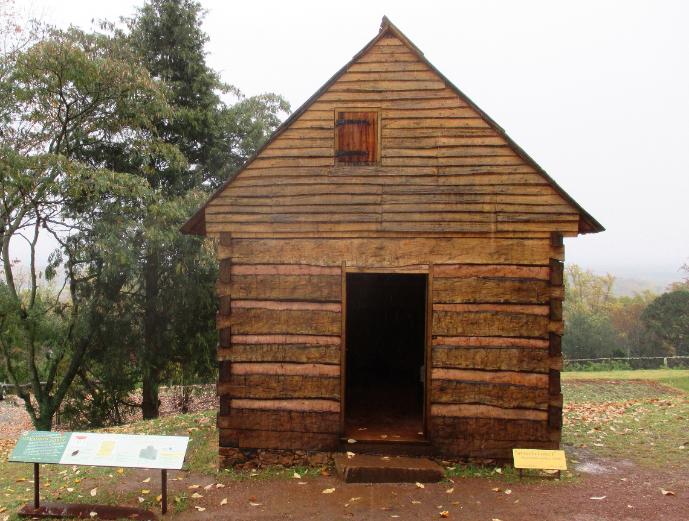
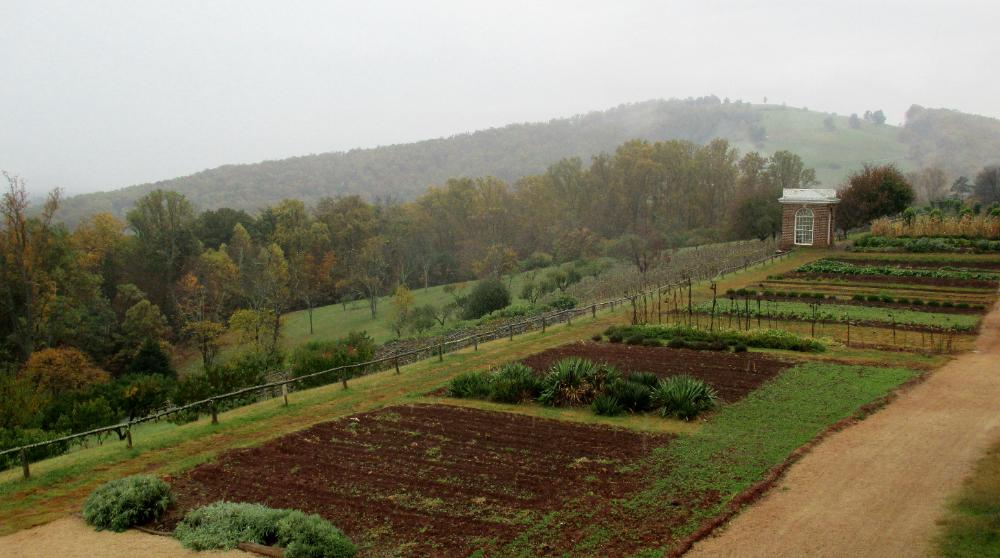
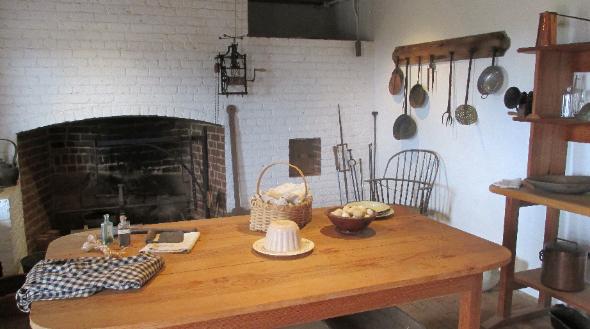
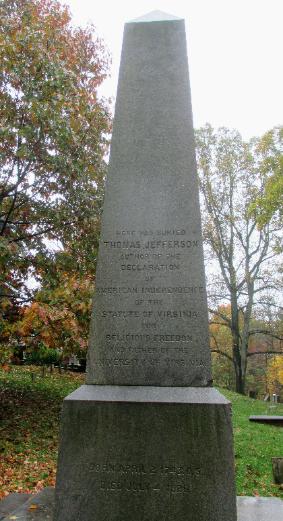
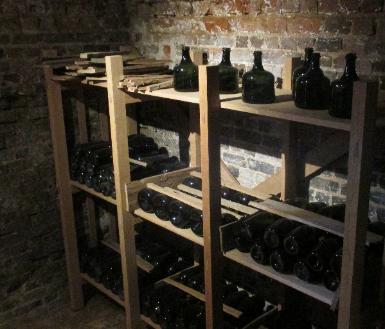
| Slave quarters on Mulberry Row. A whole family might have lived in this small building. Tour guides didn't shy away from talking about slavery, and even the charged topic of Sally Hemings was openly addressed. |
| Jefferson's tombstone never gets around to mentioning he was the nation's 3rd President! |